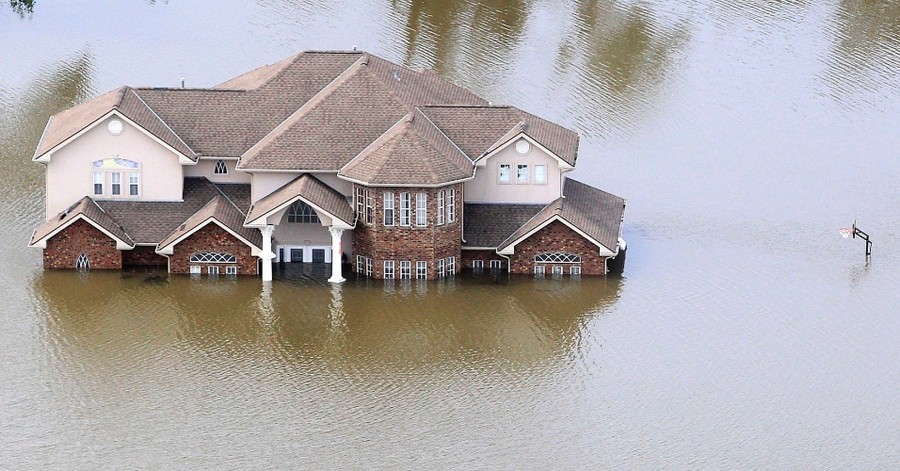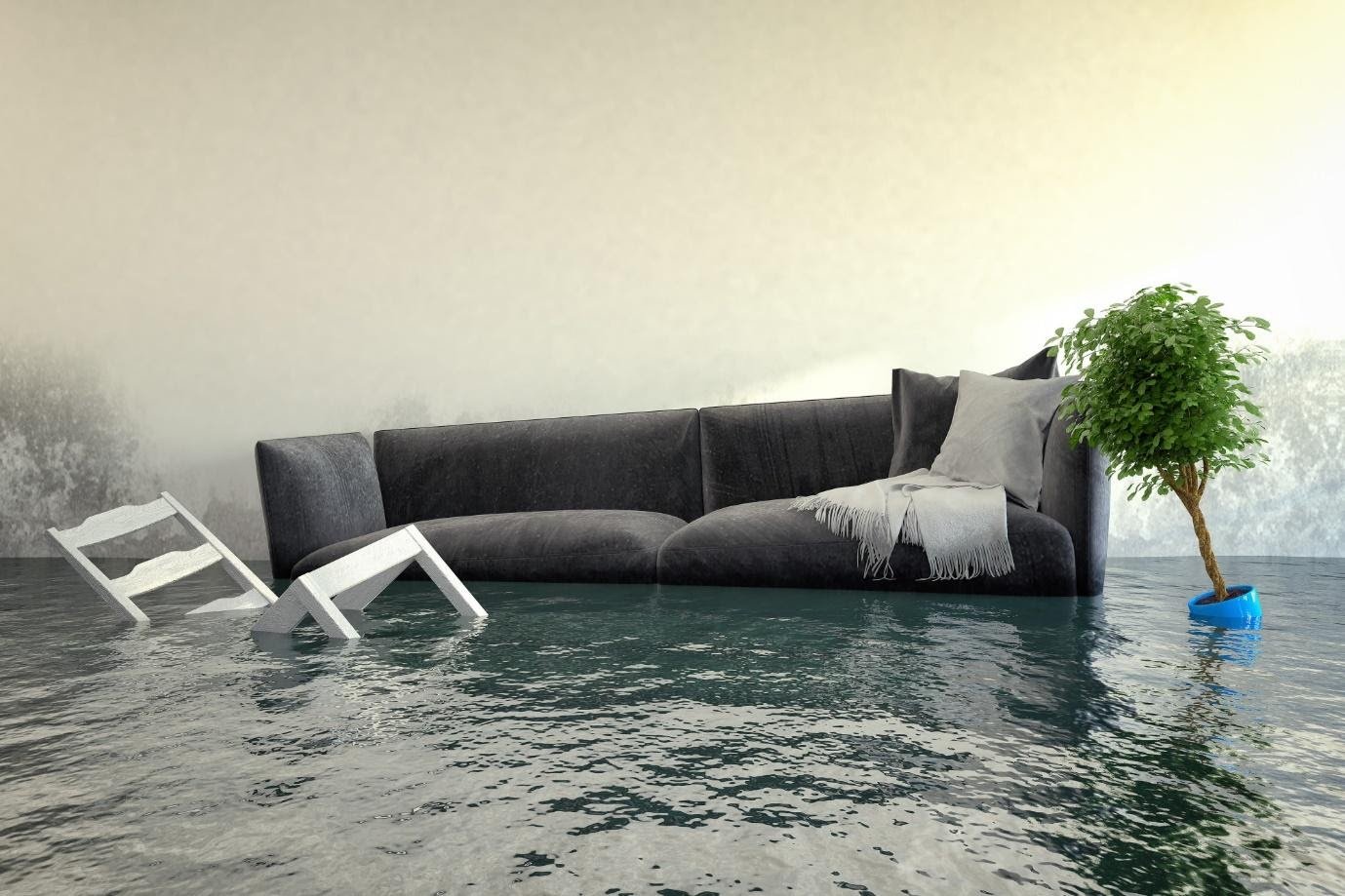Think you’ll never experience a flood in your home?
Think again. The truth is that one in 50 insured homes suffers property damage from water each year. And no matter where you live, you’re at risk for a flood at your home.
Up north, you may face freezing temperatures and burst pipes in the wintertime. Down south, the threat of hurricanes looms every summer and autumn. In the midwest, spring storms can cause riverbanks to overflow, as we saw during the Great Flood of 2019.
The question is: What do you do after a flood?
Preparedness is key, so we’ve put together your flash flood checklist in the event of an emergency. Read on to learn exactly what to do after a home flood!
1. Stop the Water (If Possible)
There’s not much you can do if the flood in your home is caused by Mother Nature. But if the flood is coming from a faulty appliance or a burst pipe, you may save your home from further damage by stopping the water at its source.
If you don’t already know where to find the main water valve in your home, take a moment to locate it now. This is the easiest place to go to stop all water flow into your home. You should also turn off or seal up the source of the leak, if possible.
Important note: Only take this step if it’s safe to do so. Never step into standing water, as you risk electrical shock or contamination.

2. Cut the Electricity
Since we’re on the subject, this is also the time to cut the power supply to your home. Locate the fuse box and turn off the electricity. Even if the power doesn’t appear to be operational, you’re still at risk for fires or shock.
The same safety rule applies here too. Only go to your fuse box or other power sources if you don’t have to enter any water to do so. Otherwise, the safest thing to do is evacuate your house and wait for professional help to arrive.
3. Evacuate to Safety
Your next step is to get yourself and everyone in the home (kids, pets, visitors, etc.) to a safe location. If the problem is a burst pipe or a sewage leak, find a dry spot in your yard or street or take refuge at a neighbor’s house.
If you’re facing a flood in your home from a natural disaster, you may need to seek help from a local shelter or charity. You could also call family or friends who live nearby and ask them to assist.
Side note: If you’re in the path of a major storm and there’s an evacuation order for your neighborhood, don’t try to ride it out. The benefits of leaving far outweigh the risks of staying.
4. Make the Necessary Calls
Once everyone is in a safe location, it’s time to make some phone calls. Renters should contact their landlord immediately so they can contact their insurance company.
Otherwise, your first step is to contact your homeowner’s insurance company and/or your flood insurer. (Remember: Most standard homeowners insurance policies do not include flood coverage.) Be sure to ask whether you need to wait for an adjuster to arrive before you start the clean-up and repair process.
If your neighborhood was affected by a disaster, you may also qualify for free aid from FEMA or similar organizations.
5. Take Pictures & Videos of Everything
It’s essential to wait until you’ve received the “all clear” to re-enter your home, especially if the flooding was severe. Wait until the local authorities or your insurance adjuster (or both) have visited the property and confirmed there’s no structural damage.
Once you have the green light, step inside to assess the damage. Don’t move or clear out anything until you’ve taken photos and videos of the aftermath. The more detailed information you can provide, the better.
Make a list of all your furnishings and personal items that were damaged or destroyed during the flooding. This evidence will be invaluable in the days to come as you file your insurance claim.
6. Begin Cleanup Efforts
We won’t lie — cleaning up after a flood in your home is a long, tedious process. At the very least, you’ll need to:
- Remove standing and hidden water
- Salvage personal items
- Dry everything out (thoroughly)
- Disinfect floors, walls, and other affected areas
- Mitigate mold growth
- Replace and restore lost items
If you choose to tackle any of these actions yourself, make sure you have the proper protective equipment, such as masks, gloves, and waterproof boots. Open the windows and doors to ensure proper ventilation.
Depending on the extent of the damage, you may need to call in a team of experts like the ones at Cleanup and Total Restoration. Your insurer can also give you a list of approved restoration companies in your area.

7. Mitigate Mold Growth
Removing water after a flood is only half the battle. Mold growth is a common and serious problem after flooding, especially in humid environments.
Every inch of your home needs to be completely dried, cleaned, and sanitized after the flood. Use a 10% bleach solution to kill germs, fungi, and bacteria on all affected surfaces.
You may be able to salvage rugs or carpets with professional cleaning. Larger items, though, such as couches or wooden furniture, will likely have to be replaced. Keep an eye out for common signs of mold growth and call for professional help if you suspect a problem lurking.
Flood in Your Home? Follow These Steps Now
Hopefully, you’ll never face a disaster like a flood in your home, but it can happen to any of us at any time.
It never hurts to be prepared. Bookmark this article so you can refer back to it if or when the worst should happen!
Now that you know what to do after a flood at your home, what’s next? Our site has more helpful advice for homeowners, so stick around and keep browsing.





